
Contents at a Glance
Introduction
I n this book, I offer a refresher on some basic maths operations, such as addition, subtraction, multiplication and division, before moving on to the more advanced topic of algebra. So let me introduce you to algebra. This introduction is somewhat like what would happen if I were to introduce you to my friend Donna. Id say, This is Donna. Let me tell you something about her. After giving a few well-chosen tidbits of information about Donna, Id let you ask more questions or fill in more details. In this book, you find some well-chosen topics and information, and I try to fill in details as I go along.
As you read this introduction, youre probably in one of two situations:
- Youve taken the plunge and bought the book.
- Youre checking things out before committing to the purchase.
In either case, youd probably like to have some good, concrete reasons why you should go to the trouble of reading and finding out about algebra.
One of the most commonly asked questions in a mathematics classroom is, What will I ever use this for? Some teachers can give a good, convincing answer. Others hem and haw and stare at the floor. My favourite answer is, Algebra gives you power. Algebra gives you the power to move on to bigger and better things in mathematics. Algebra gives you the power of knowing that you know something that your neighbour doesnt know. Algebra gives you the power to be able to help someone else with an algebra task or to explain to others these logical mathematical processes.
Algebra is a system of symbols and rules that is universally understood, no matter what the spoken language. Algebra provides a clear, methodical process that can be followed from beginning to end. Its an organisational tool that is most useful when followed with the appropriate rules. What power! Some people like algebra because it can be a form of puzzle-solving. You solve a puzzle by finding the value of a variable. You may prefer Sudoku or crosswords, but it wouldnt hurt to give algebra a chance, too.
About This Book
This book isnt like a mystery novel; you dont have to read it from beginning to end. In fact, you can peek at how it ends and not spoil the rest of the story.
I divide the book into some general topics from the beginning nuts and bolts to the important tool of factoring to equations, applications and geometry. So you can dip into the book wherever you want, to find the information you need.
Throughout the book, I use many examples, each a bit different from the others, and each showing a different twist to the topic. The examples have explanations to aid your understanding. (What good is knowing the answer if you dont know how to get the right answer yourself?)
The vocabulary I use is mathematically correct and understandable. So whether youre listening to your teacher or talking to someone else about algebra, youll be speaking the same language.
Along with the how, I show you the why. Sometimes remembering a process is easier if you understand why it works and dont just try to memorise a meaningless list of steps.
I dont use many conventions in this book, but you should be aware of the following:
- When I introduce a new term, I put that term in italics and define it nearby (often in parentheses).
- I express numbers or numerals either with the actual symbol, such as 8, or the written-out word: eight. Operations, such as +, are either shown as this symbol or written as plus. The choice of expression all depends on the situation and on making it perfectly clear for you.
The sidebars (those little grey boxes) are interesting but not essential to your understanding of the text. If youre short on time, you can skip the sidebars. Of course, if you read them, I think youll be entertained.
Foolish Assumptions
I dont assume that youre as crazy about maths as I am and you may be even more excited about it than I am! I do assume, though, that you have a mission here to brush up on your basic skills, improve your maths grade, or just have some fun. I also assume that you have some experience with algebra for example, full exposure for a year or so.
You may remember the first time algebra came up in your maths class. I can distinctly remember my first algebra teacher, Miss McDonald, saying, This is an n. My whole secure world of numbers was suddenly turned upside down. I hope your first reaction was better than mine.
Wherever you are in your maths journey, or what aspect you need to improve on, never fear. Help is here!
Icons Used in This Book
The little drawings in the margin of the book are there to draw your attention to specific text. Here are the icons I use in this book:
 To make everything work out right, you have to follow the basic rules of algebra (or mathematics in general). You cant change or ignore them and arrive at the right answer. Whenever I give you an algebra rule, I mark it with this icon.
To make everything work out right, you have to follow the basic rules of algebra (or mathematics in general). You cant change or ignore them and arrive at the right answer. Whenever I give you an algebra rule, I mark it with this icon.
 Paragraphs marked with the Remember icon help clarify a symbol or process. I may discuss the topic in another section of the book, or I may just remind you of a basic algebra rule that I discuss earlier.
Paragraphs marked with the Remember icon help clarify a symbol or process. I may discuss the topic in another section of the book, or I may just remind you of a basic algebra rule that I discuss earlier.
 The Tip icon isnt life-or-death important, but it generally can help make your life easier at least your life in maths and algebra.
The Tip icon isnt life-or-death important, but it generally can help make your life easier at least your life in maths and algebra.
 The Warning icon alerts you to something that can be particularly tricky. Errors crop up frequently when working with the processes or topics next to this icon, so I call special attention to the situation so you wont fall into the trap.
The Warning icon alerts you to something that can be particularly tricky. Errors crop up frequently when working with the processes or topics next to this icon, so I call special attention to the situation so you wont fall into the trap.
Where to Go From Here
If you want to refresh your basic skills or boost your confidence, start with is usually what youd look at after visiting one of the other parts, but why not start there? Its a fun place!
Studying more advanced maths and algebra can give you some logical exercises, and thinking logically can help you with all aspects of life at school and afterwards.
The best why for studying algebra is just that its beautiful. Yes, you read that right. Algebra is poetry, deep meaning and artistic expression. Just look and youll find it. Also, dont forget that it gives you power.
Enjoy the adventure!
Part I
Reviewing the Basics
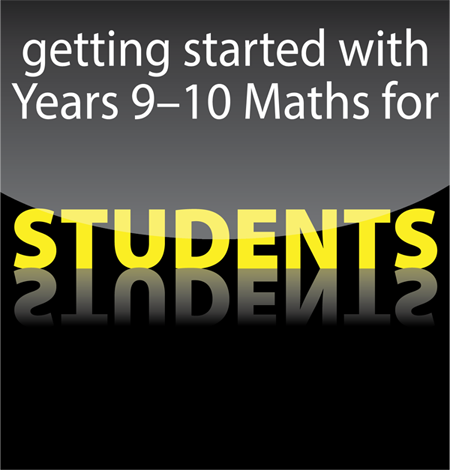
In this part
 Understand that maths can be a game and that parents can play too.
Understand that maths can be a game and that parents can play too.
 Work with addition and subtraction, and multiply with style and divide with ease.
Work with addition and subtraction, and multiply with style and divide with ease.
 Get your head around negative numbers.
Get your head around negative numbers.
 Remember your fraction facts, and convert to and from percentages, decimals and fractions.
Remember your fraction facts, and convert to and from percentages, decimals and fractions.
Next page
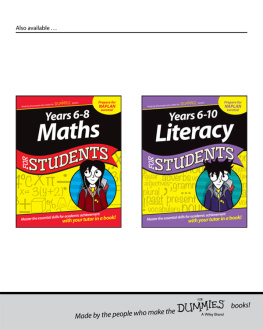
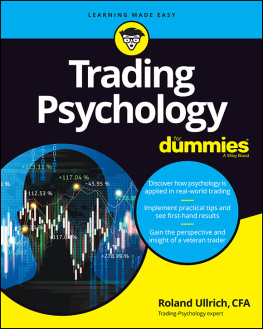
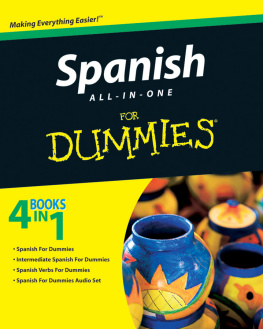
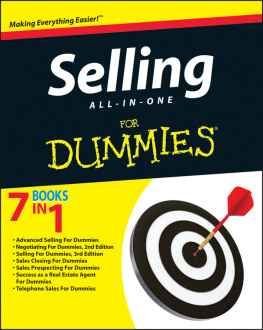
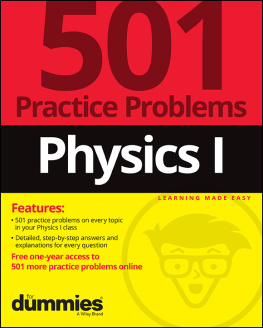
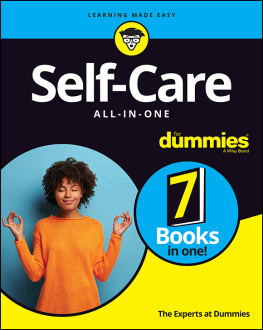

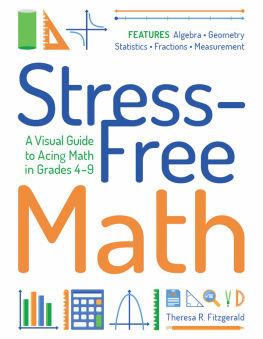


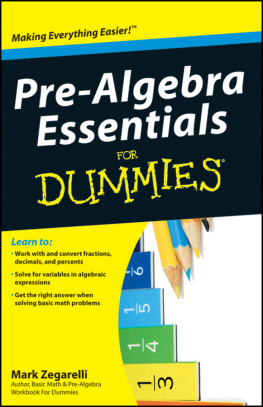
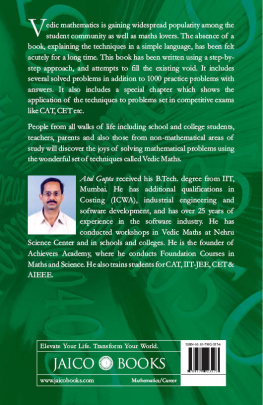
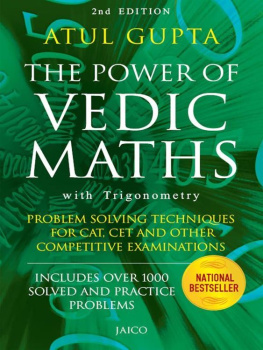
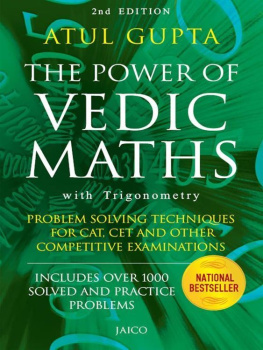
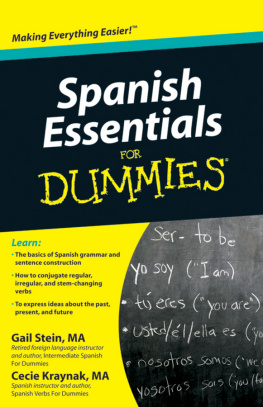
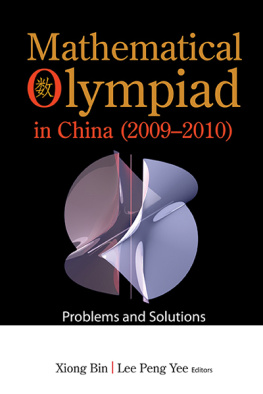

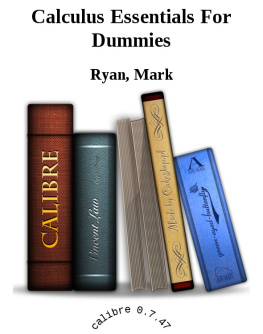

 To make everything work out right, you have to follow the basic rules of algebra (or mathematics in general). You cant change or ignore them and arrive at the right answer. Whenever I give you an algebra rule, I mark it with this icon.
To make everything work out right, you have to follow the basic rules of algebra (or mathematics in general). You cant change or ignore them and arrive at the right answer. Whenever I give you an algebra rule, I mark it with this icon. Paragraphs marked with the Remember icon help clarify a symbol or process. I may discuss the topic in another section of the book, or I may just remind you of a basic algebra rule that I discuss earlier.
Paragraphs marked with the Remember icon help clarify a symbol or process. I may discuss the topic in another section of the book, or I may just remind you of a basic algebra rule that I discuss earlier. The Tip icon isnt life-or-death important, but it generally can help make your life easier at least your life in maths and algebra.
The Tip icon isnt life-or-death important, but it generally can help make your life easier at least your life in maths and algebra. The Warning icon alerts you to something that can be particularly tricky. Errors crop up frequently when working with the processes or topics next to this icon, so I call special attention to the situation so you wont fall into the trap.
The Warning icon alerts you to something that can be particularly tricky. Errors crop up frequently when working with the processes or topics next to this icon, so I call special attention to the situation so you wont fall into the trap.
 Understand that maths can be a game and that parents can play too.
Understand that maths can be a game and that parents can play too.